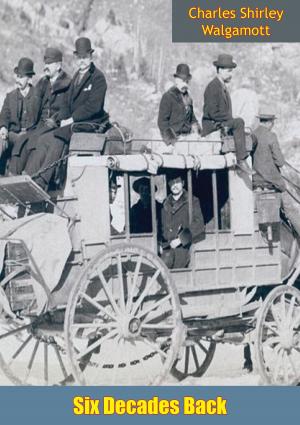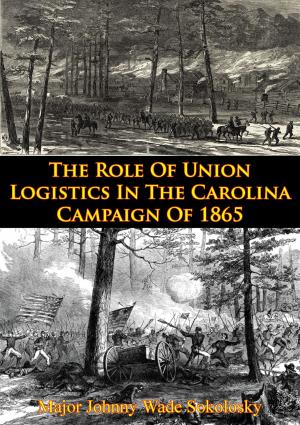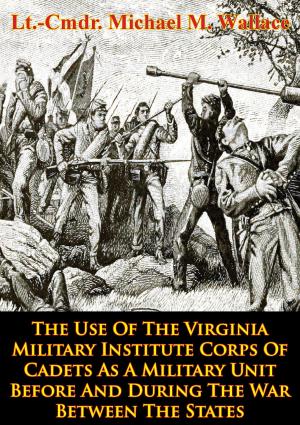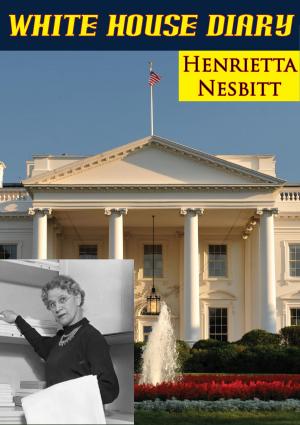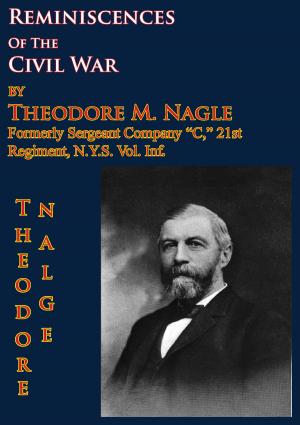The Chancellorsville Campaign, January-May 1863 [Illustrated Edition]
Nonfiction, History, Modern, 19th Century, Americas, United States, Civil War Period (1850-1877), Military| Author: | Bradford A. Wineman | ISBN: | 9781786254405 |
| Publisher: | Golden Springs Publishing | Publication: | November 6, 2015 |
| Imprint: | Golden Springs Publishing | Language: | English |
| Author: | Bradford A. Wineman |
| ISBN: | 9781786254405 |
| Publisher: | Golden Springs Publishing |
| Publication: | November 6, 2015 |
| Imprint: | Golden Springs Publishing |
| Language: | English |
Includes 4 maps and numerous other illustrations
In The Chancellorsville Campaign, January–May 1863, author Bradford Wineman examines the battle of Chancellorsville in which a powerful Union Army, under Maj. Gen. Joseph Hooker, was pitted against a smaller but well-led Confederate force under General Robert E. Lee. Hooker planned a bold flanking maneuver to secure a Union victory, crush the rebel army, and open the way for a march toward Richmond, Virginia, the Confederate capital. He anticipated a glorious victory for his Federal troops.
In the end it was Lee, and his chief lieutenant, Maj. Gen. Thomas J. “Stonewall” Jackson, who achieved what many historians have called the South’s greatest victory during the Civil War. Once Hooker had maneuvered the bulk of his forces over the Rappahannock River the Union commander gathered his troops into a defensive position at Chancellorsville and waited for Lee to attack. Lee seized the initiative, made several risky tactical moves, and drove the Federals from the field after three days of intense fighting. Only the death of the “Stonewall” Jackson tarnished Lee’s crowning victory.
Includes 4 maps and numerous other illustrations
In The Chancellorsville Campaign, January–May 1863, author Bradford Wineman examines the battle of Chancellorsville in which a powerful Union Army, under Maj. Gen. Joseph Hooker, was pitted against a smaller but well-led Confederate force under General Robert E. Lee. Hooker planned a bold flanking maneuver to secure a Union victory, crush the rebel army, and open the way for a march toward Richmond, Virginia, the Confederate capital. He anticipated a glorious victory for his Federal troops.
In the end it was Lee, and his chief lieutenant, Maj. Gen. Thomas J. “Stonewall” Jackson, who achieved what many historians have called the South’s greatest victory during the Civil War. Once Hooker had maneuvered the bulk of his forces over the Rappahannock River the Union commander gathered his troops into a defensive position at Chancellorsville and waited for Lee to attack. Lee seized the initiative, made several risky tactical moves, and drove the Federals from the field after three days of intense fighting. Only the death of the “Stonewall” Jackson tarnished Lee’s crowning victory.
![Cover of the book The Chancellorsville Campaign, January-May 1863 [Illustrated Edition] by Bradford A. Wineman, Golden Springs Publishing](https://www.kuoky.com/images/2015/november/500x500/9781786254405-4yNI_500x.jpg)
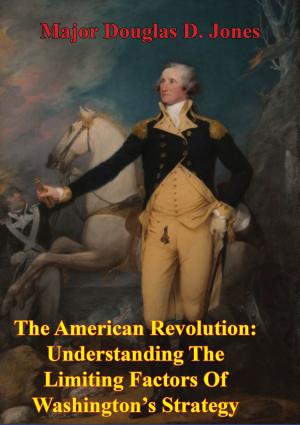
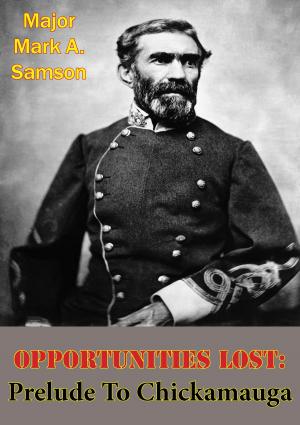
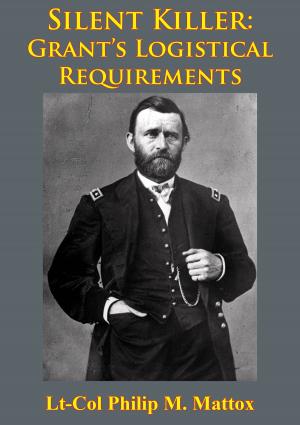
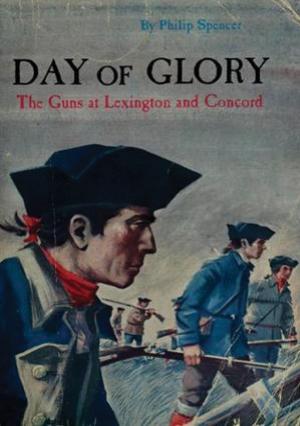
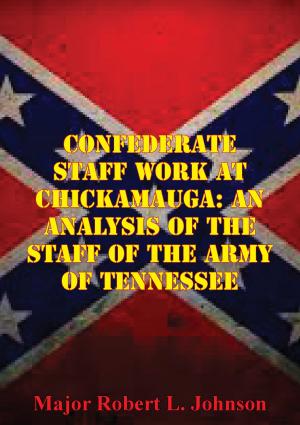
![Cover of the book Military reminiscences of Gen. Wm. R. Boggs, C.S.A. [Illustrated Edition] by Bradford A. Wineman](https://www.kuoky.com/images/2013/february/300x300/9781908902740-0Tzq_300x.jpg)

